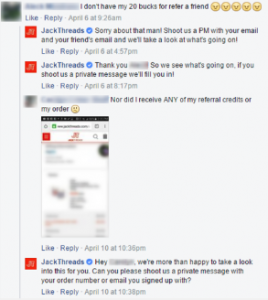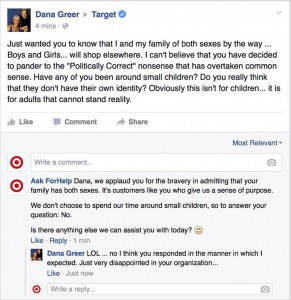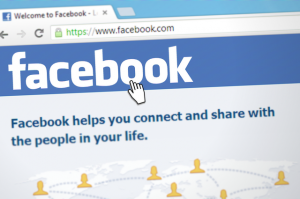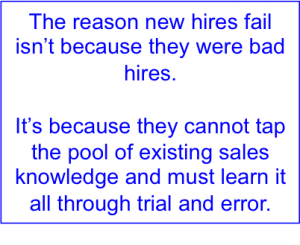Pinterest marketing insights suggest early and often as the best approaches to holiday campaigns.
A successful holiday marketing strategy should include multiple activations and begin months in advance. That’s because consumers, too, are making extensive holiday plans that extend the celebration period. Eighty percent of shoppers said they plan more “mini moments” throughout these holidays, creating new ways to celebrate, according to a study of consumers and successful marketing campaigns by visual discovery platform Pinterest.
Pinterest also released peak times for holiday activations to inform marketers in the months ahead.
Peak ad opportunities by holiday. The timing for specific holidays depends on a combination of how much customers will be shopping and when the holiday falls on the calendar. Halloween is a good example here. It falls at the end of October, but marketers should be activating campaigns in July to take full advantage. Christmas is later in the year, but consumers will be spending much more on Christmas gifts than Halloween costumes and candy. So marketers should also begin Christmas ads in July, the same month as for Halloween, according to Pinterest’s insights.
Here are the peak periods for ads, by holiday.
- Halloween July to October.
- Thanksgiving August to November.
- Black Friday/Cyber Week October to November.
- Hanukkah August to December.
- Christmas July to December.
- New Year’s Eve November to December.
Advertise during multiple holidays. Another important insight for marketers is that the payoff is big for brands that get involved in multiple holidays. The crossover appeal has a multiplying effect for awareness and conversion rates.
Brands that activated during multiple holiday periods in 2021 saw a four-times higher conversion rate than those brands that only activated during Christmas, according to the Pinterest study.
Marketers also should target specific mini-occasions within holidays. For instance, many consumers celebrating Christmas do so with a number of smaller events like tree decorating, ugly sweater day and friend-specific “Friendmas” parties. Covering these occasions will gain more traction than only promoting your brand with a general-themed holiday campaign.
On Pinterest, brands who activated on multiple moments in Q4 2021 saw a 45% increase in year-over-year median conversion rate. Those who only activated one around the holiday saw just a 12% YoY boost in conversion rate, according to Pinterest research.
Strategies should be brand-specific. Customers might plan for purchases months in advance, or they could be last-minute shoppers, depending on the specific brand.
Buying behavior can’t be generalized and is based on the brand, said Karen Duffy, director of research and insights for Fuel Cycle, a market research and community intelligence company.
“For one retailer, most members bought in December (64%) and began their holiday shopping in October,” Duffy said. “For another retailer, 60% of guests said they began their holiday shopping between October and November evenly.”
Why we care. As we saw from the recent Amazon Prime Day promotion, shoppers are ready to take advantage of sales. The early timelines from Pinterest suggest that in July many of these shoppers are already thinking about holidays.
This allows a longer runway for digital marketers to launch holiday campaigns, with evidence that a robust strategy with multiple activations will pay off throughout these festive occasions.
The post No matter the time of year, there’s a holiday you should be planning a campaign for appeared first on MarTech.
MarTech(11)








